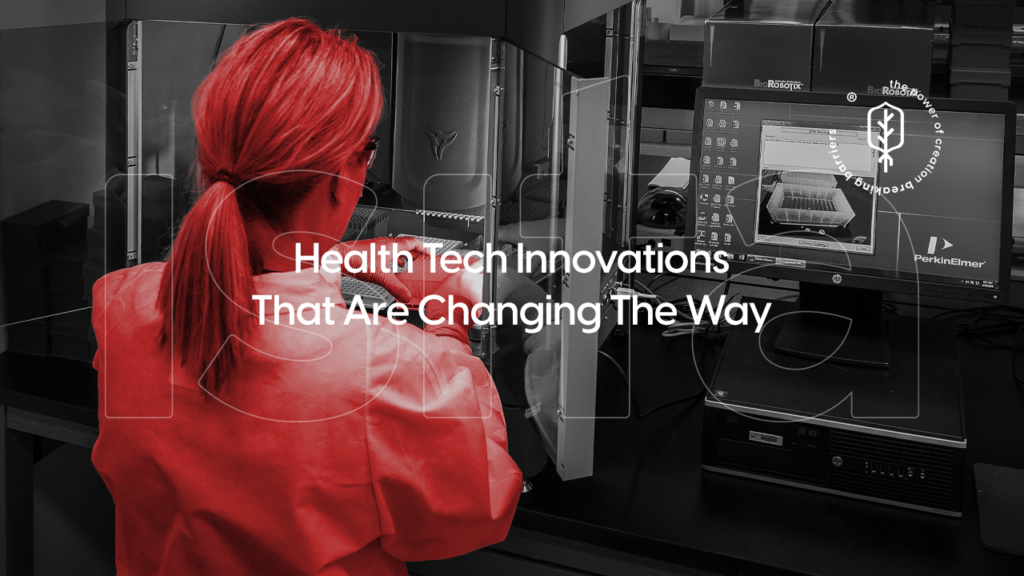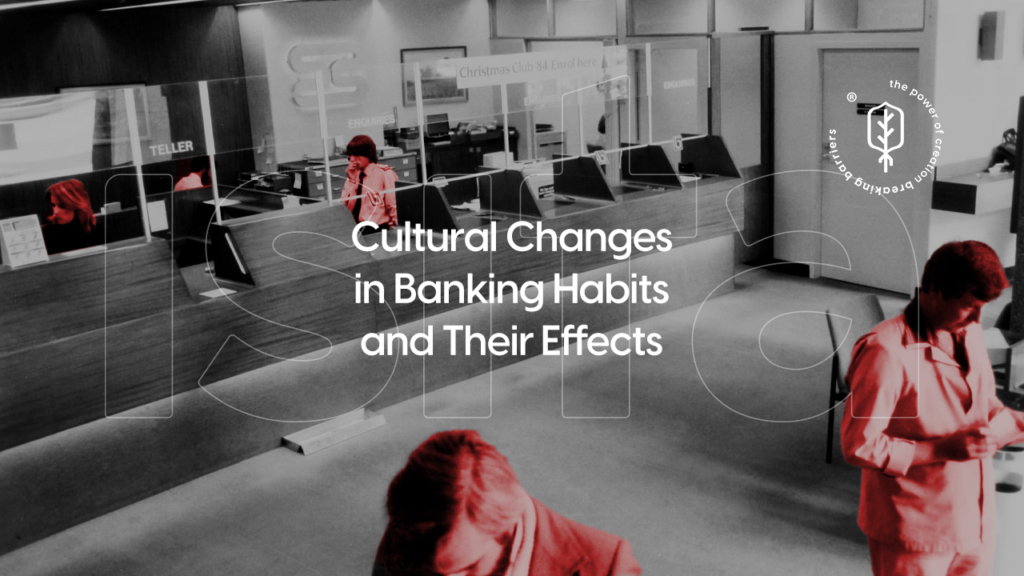The ever-evolving business landscape is riddled with uncertainties and potential threats. To navigate these challenges and ensure long-term success, proactive risk management has become paramount.
Artificial intelligence (AI) is emerging as a game-changer in this domain, offering businesses a powerful arsenal of tools to identify, analyze, and mitigate a wide range of risks. This article explores how AI-driven solutions are transforming risk management, safeguarding business continuity and enhancing resilience.
Introduction to AI-driven Risk Management: A Paradigm Shift
The business world is a dynamic ecosystem, constantly in flux with unforeseen challenges and potential pitfalls. Traditionally, risk management has been a reactive endeavor, focusing on identifying and responding to disruptions after they occur. This reactive approach, while necessary, often leaves businesses vulnerable to unforeseen consequences. Fortunately, a paradigm shift is underway with the emergence of Artificial Intelligence (AI) in the risk management domain.
AI-driven risk management empowers businesses with a proactive strategy, enabling them to anticipate and mitigate risks before they materialize. This proactive approach hinges on the immense data analysis capabilities of AI, particularly through the power of machine learning algorithms. These algorithms can sift through vast amounts of historical data, uncovering hidden patterns and trends that might escape human observation. By analyzing this data, AI can not only identify potential threats but also predict their likelihood and potential impact.
This predictive power is a cornerstone of AI-driven risk management. By anticipating disruptions, businesses can take preventive measures to minimize potential damage and ensure operational continuity. Imagine a manufacturing plant that historically experiences equipment failures during peak production periods. Traditionally, these failures would result in costly downtime and production delays. However, with AI-powered predictive maintenance, the system can analyze sensor data from machinery and predict potential equipment breakdowns well in advance. This allows for proactive maintenance scheduling, minimizing downtime and ensuring smooth production flow.
Incredible impact
The benefits of AI-driven risk management extend beyond simply identifying and predicting threats. AI can also automate many of the tedious tasks associated with traditional risk management processes. For instance, AI can continuously monitor business operations in real-time, flagging anomalies and potential issues that might otherwise go unnoticed. This allows risk management teams to focus their efforts on strategizing mitigation plans and implementing corrective actions, instead of spending valuable time gathering and analyzing data.
Furthermore, AI can play a crucial role in streamlining risk assessment and decision-making. By providing data-driven insights and risk probability calculations, AI empowers businesses to make informed decisions regarding risk mitigation strategies. AI can analyze complex scenarios, considering a multitude of factors and potential outcomes, and suggest optimal courses of action. This allows businesses to prioritize risks effectively, allocating resources strategically to address the most critical threats.
Types of Business Risks Addressed by AI
The versatility of AI-driven solutions extends to mitigating a diverse range of business risks:
Financial Risks
AI can analyze financial data to identify potential fraud, predict market fluctuations, and optimize resource allocation. Machine learning algorithms can assess creditworthiness, detect anomalies in transactions, and flag suspicious activities, mitigating financial losses.
Operational Risks
AI can analyze operational data to identify inefficiencies, predict equipment failures, and optimize resource utilization. Predictive maintenance, a powerful application of AI, analyzes sensor data from machinery to anticipate breakdowns and schedule maintenance before disruptions occur. This minimizes downtime and ensures operational continuity.
Regulatory Compliance
Keeping pace with evolving regulations can be a daunting task. AI can analyze vast amounts of legal documentation and regulatory updates, ensuring businesses stay compliant. Additionally, AI can flag potential violations and suggest corrective actions, mitigating the risk of fines and legal repercussions.
Benefits of Using AI for Proactive Risk Management
Predictive Analytics
AI excels at extracting insights from historical data and identifying patterns. This allows businesses to anticipate potential risks with greater accuracy. By analyzing trends and market fluctuations, AI can predict cyberattacks, financial downturns, or supply chain disruptions, enabling businesses to take preventive measures.
Real-time Monitoring
AI facilitates continuous monitoring of business processes, enabling real-time identification of anomalies and potential issues. This empowers businesses to react swiftly to emerging threats and implement mitigation strategies promptly. For example, AI-powered cybersecurity solutions can detect suspicious network activity in real-time, preventing data breaches and minimizing damage.
Improved Decision-Making
By providing data-driven insights and risk assessments, AI empowers businesses to make informed decisions. AI can analyze complex scenarios and suggest optimal courses of action, mitigating risks while maximizing potential benefits.
Considerations and Challenges in Adopting AI-driven Risk Mitigation Solutions
The adoption of AI-driven risk management solutions comes with certain considerations:
- Data Quality: The effectiveness of AI models hinges on the quality and quantity of data used for training. Biased or incomplete data can lead to inaccurate predictions, potentially exacerbating risks. Businesses must ensure data quality by implementing robust data collection and verification practices.
- Explainability and Transparency: The decision-making processes within AI models can be complex and opaque. Businesses need to invest in tools that provide explainable AI solutions, enabling human oversight and understanding of how AI arrives at its conclusions. This transparency is crucial for building trust in AI-driven risk assessments.
- Human Expertise: AI is not a replacement for human expertise in risk management. Even with powerful AI solutions, businesses still need skilled professionals who can interpret the data, make contextual judgments, and implement appropriate mitigation strategies.
Conclusion: The Role of AI in Shaping the Future of Business Risk Management
AI is rapidly transforming the way businesses manage risk. By offering proactive, data-driven insights and streamlining risk mitigation processes, AI empowers businesses to navigate the uncertain landscape with greater confidence. As AI technology matures and becomes more accessible, we can expect even more sophisticated risk management solutions to emerge.
By embracing AI and fostering a culture of continuous improvement, businesses can build resilience and ensure long-term success in the ever-evolving global marketplace.



